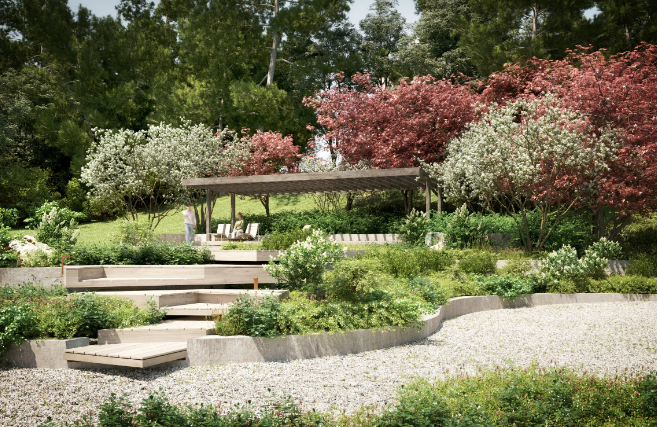Kingston’s landscape architecture is a fascinating topic that intertwines nature, design, and community well-being. The city’s commitment to enhancing its outdoor spaces not only beautifies the environment but also promotes sustainability and livability. In this article, we delve into the unique aspects of Kingston’s landscape architecture and how they reflect the city’s identity.
Understanding Kingston’s Unique Landscape
Kingston, located at the confluence of the Hudson River and the Rondout Creek, boasts a rich and diverse landscape. The city’s architecture harmonizes with its natural surroundings, providing a picturesque setting that showcases both urban and rural elements. Parks, gardens, and waterfront areas are designed to enhance the natural beauty while serving functional purposes. The emphasis on native plants and ecosystems significantly contributes to a healthier environment, encouraging biodiversity and supporting local wildlife.
Innovative Public Spaces
One of the most remarkable features of Kingston’s landscape architecture is its innovative public spaces. The city’s parks, such as Forsyth Park and the Kingston Waterfront, offer residents and visitors a chance to connect with nature and with each other. These spaces often incorporate elements like walking trails, picnic areas, and art installations, making them vibrant community hubs. The design of these areas prioritizes accessibility and comfort, ensuring that everyone can enjoy the outdoors. As a result, public spaces not only enhance social interaction but also boost residents’ mental and physical well-being.
Sustainable Design Practices
Sustainability plays a vital role in Kingston’s landscape architecture. The city adopts eco-friendly practices that focus on conserving resources and minimizing environmental impact. Rain gardens, green roofs, and permeable paving are just some examples of how landscape architects implement sustainability in their designs. These features help manage stormwater runoff and reduce urban heat, promoting a healthier ecosystem. Community gardens also empower residents to engage with their environment and foster a sense of ownership and responsibility toward it. By prioritizing sustainable landscape practices, Kingston is paving the way for a greener future.
Conclusion
Kingston’s landscape architecture beautifully blends functionality with aesthetic appeal, reflecting the city’s rich history and commitment to sustainability. As the community continues to evolve, it’s vital to support and engage with these efforts, whether through participating in local projects or simply enjoying the public spaces. For those interested in the dynamic intersection of design and nature, Kingston offers a wealth of inspiration and opportunities to explore. Take a stroll through its parks or attend a local workshop to discover how you can contribute to this ongoing journey.

